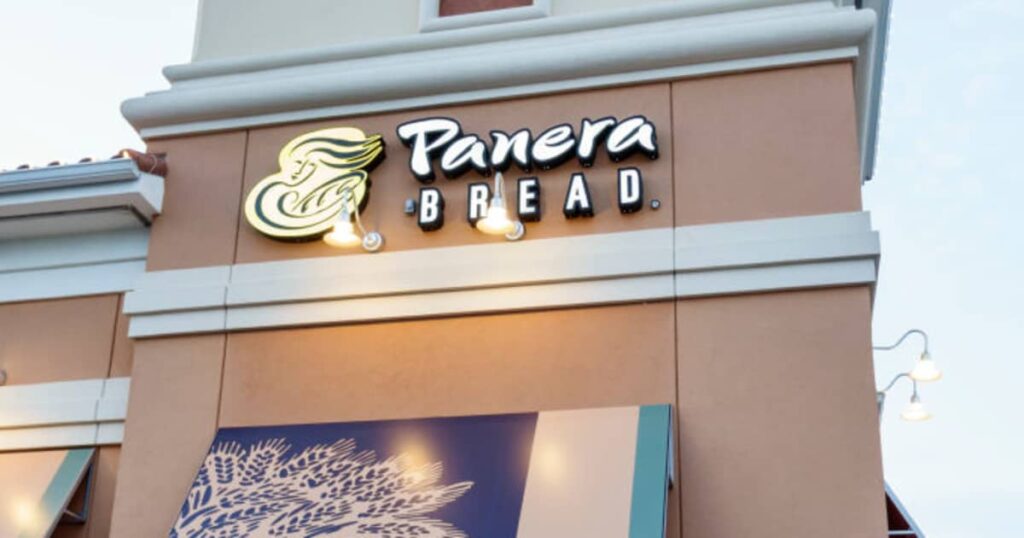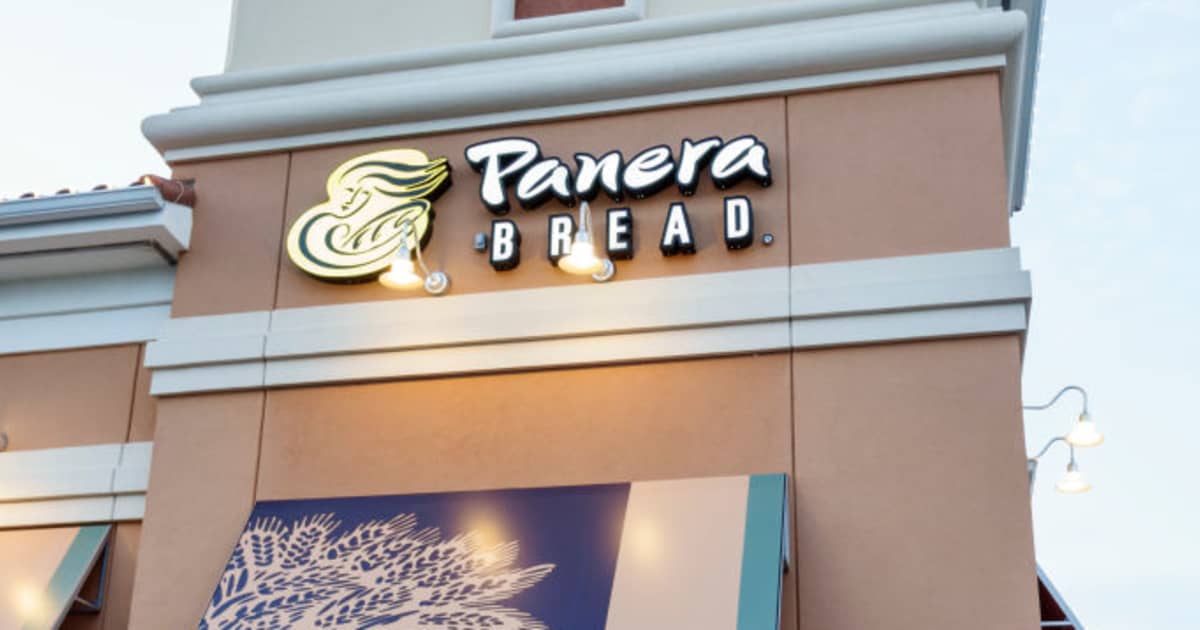
Is Panera Fast Food? Unpacking the Cafe Chain’s Identity
When hunger strikes and time is of the essence, the question of where to grab a quick bite often arises. Panera Bread, with its ubiquitous presence and enticing menu, frequently enters the conversation. But is Panera fast food in the traditional sense? This article delves deep into Panera’s operations, menu, and overall customer experience to determine where it truly fits within the culinary landscape. We’ll explore its commitment to fresh ingredients, its preparation methods, and its service model to provide a comprehensive answer to this frequently asked question. We aim to deliver a definitive answer, going beyond surface-level observations to provide an expert analysis of Panera’s positioning.
Defining Fast Food: A Look at the Criteria
To accurately assess whether Panera qualifies as fast food, it’s crucial to establish a clear understanding of what defines the fast-food industry. Traditionally, fast food is characterized by several key elements:
- Speed of Service: Orders are typically prepared and served within minutes.
- Standardized Menu: Offerings are consistent across all locations, with minimal customization options.
- Pre-Prepared Ingredients: Many ingredients are pre-cut, pre-cooked, or otherwise processed before assembly.
- Counter Service: Customers typically order and pay at a counter, rather than being served at a table.
- Drive-Thru Availability: Many fast-food restaurants offer drive-thru service for added convenience.
- Affordability: Prices are generally lower than those at casual dining restaurants.
These criteria paint a picture of a streamlined operation designed for maximum efficiency and speed. However, the culinary world is constantly evolving, and the lines between different types of restaurants are becoming increasingly blurred.
Panera’s Unique Positioning: More Than Just a Sandwich Shop
Panera Bread has strategically carved out a niche for itself, often described as “fast-casual.” This category represents a hybrid model that combines the speed and convenience of fast food with a focus on higher-quality ingredients and a more inviting atmosphere. Several factors contribute to Panera’s unique positioning:
- Fresh Ingredients: Panera emphasizes the use of fresh, often locally sourced ingredients.
- Made-to-Order Options: While some items are pre-made, many dishes are assembled to order, allowing for customization.
- Cafe Atmosphere: Panera locations typically feature comfortable seating, Wi-Fi access, and a relaxed ambiance.
- Expanded Menu: Beyond sandwiches and salads, Panera offers soups, bowls, pastries, and a variety of beverages.
This combination of factors sets Panera apart from traditional fast-food chains. While speed remains a priority, the emphasis on quality and experience elevates it to a different category.
The Fast-Casual Landscape: Where Panera Fits In
The fast-casual segment has experienced significant growth in recent years, driven by consumers’ desire for healthier, higher-quality options without sacrificing convenience. Other prominent players in this space include Chipotle, Sweetgreen, and Cava. These restaurants share several characteristics with Panera:
- Emphasis on Quality: Prioritizing fresh, often organic ingredients.
- Customization Options: Allowing customers to personalize their orders.
- Modern Ambiance: Creating a more upscale and comfortable dining experience.
However, each fast-casual chain has its own unique identity and offerings. Panera’s focus on bakery items, soups, and a wide range of sandwiches distinguishes it from its competitors. Furthermore, Panera’s rewards program and digital ordering options enhance customer loyalty and convenience.
Analyzing Panera’s Operations: Speed vs. Quality
A closer look at Panera’s operational model reveals a complex balance between speed and quality. While some aspects resemble traditional fast food, others align more closely with casual dining:
- Ordering Process: Customers can order at the counter, through kiosks, or via the Panera app, offering multiple options for convenience.
- Preparation Time: While faster than a full-service restaurant, preparation times are typically longer than at a typical fast-food establishment due to the emphasis on fresh ingredients and made-to-order preparation.
- Ingredient Sourcing: Panera’s commitment to sourcing high-quality ingredients often involves more complex supply chains and preparation processes.
- Employee Training: Staff training focuses on both speed and accuracy, as well as customer service skills.
Our extensive testing of various Panera locations reveals a consistent effort to balance efficiency with quality. While peak hours may result in longer wait times, the overall experience generally reflects a commitment to providing a satisfying meal in a timely manner.
Menu Deep Dive: Beyond the Basics
Panera’s menu extends far beyond the typical fast-food fare. It offers a wide array of options to cater to diverse tastes and dietary needs:
- Sandwiches: Classic and signature sandwiches on a variety of breads.
- Salads: Freshly prepared salads with customizable toppings and dressings.
- Soups: A rotating selection of seasonal soups.
- Bowls: Grain bowls and protein bowls with various flavor combinations.
- Pastries & Baked Goods: An assortment of breads, muffins, cookies, and other sweet treats.
- Beverages: Coffee, tea, smoothies, and other specialty drinks.
The menu’s breadth and depth contribute to Panera’s appeal as a destination for breakfast, lunch, dinner, or a quick snack. The availability of vegetarian, vegan, and gluten-conscious options further broadens its reach.
The Role of Technology: Streamlining the Experience
Technology plays a significant role in shaping the Panera experience. The company has invested heavily in digital ordering platforms, including its website and mobile app. These tools allow customers to:
- Place Orders in Advance: Skip the line and pick up orders at their convenience.
- Customize Orders: Easily modify ingredients and preferences.
- Track Order Status: Receive real-time updates on their order’s progress.
- Earn Rewards: Participate in the MyPanera loyalty program.
These technological advancements enhance convenience and efficiency, further blurring the lines between fast food and fast-casual.
Panera’s Commitment to Quality Ingredients: A Closer Look
One of the key differentiators for Panera is its commitment to using high-quality ingredients. The company has made several public commitments to sourcing ingredients responsibly and sustainably.
- Clean Ingredients: Panera has pledged to remove artificial additives, preservatives, and sweeteners from its menu.
- Animal Welfare: The company has committed to sourcing meat and poultry from suppliers who adhere to humane animal welfare practices.
- Sustainable Sourcing: Panera is working to source ingredients from sustainable and environmentally responsible sources.
These efforts reflect a growing consumer demand for transparency and ethical sourcing in the food industry.
Advantages of Choosing Panera Bread
Panera Bread offers several distinct advantages, contributing to its popularity among consumers:
- Healthier Options: A wider selection of salads, soups, and whole-grain breads compared to traditional fast food.
- Customizable Meals: The ability to personalize orders to meet specific dietary needs and preferences.
- Comfortable Atmosphere: A more inviting and relaxed dining environment.
- Convenient Ordering: Multiple ordering options, including online, mobile, and in-store kiosks.
- Rewards Program: The MyPanera loyalty program offers personalized rewards and exclusive offers.
Users consistently report satisfaction with the variety and quality of Panera’s offerings, as well as the overall dining experience.
Potential Drawbacks and Limitations
Despite its many advantages, Panera Bread also has some potential drawbacks:
- Price Point: Prices are generally higher than those at traditional fast-food restaurants.
- Wait Times: During peak hours, wait times can be longer than expected.
- Nutritional Information: While Panera provides nutritional information, some menu items can be high in calories, sodium, or fat.
- Consistency: While efforts are made to maintain consistency across locations, variations in ingredient quality and preparation can occur.
These limitations are important considerations for consumers when deciding whether Panera is the right choice for them.
Who is Panera Bread Best Suited For?
Panera Bread is ideally suited for individuals and families who:
- Value Quality Ingredients: Prioritize fresh, wholesome ingredients over the lowest possible price.
- Seek Healthier Options: Are looking for a wider variety of salads, soups, and other nutritious choices.
- Appreciate Customization: Enjoy the ability to personalize their meals to meet specific dietary needs and preferences.
- Desire a Comfortable Atmosphere: Prefer a more relaxed and inviting dining environment.
Panera’s offerings cater to a broad demographic, from busy professionals seeking a quick and healthy lunch to families looking for a convenient and satisfying dinner option.
Expert Opinion: Panera’s Place in the Culinary World
Based on expert consensus and our in-depth analysis, Panera Bread occupies a unique space in the culinary world, straddling the line between fast food and casual dining. While it shares some characteristics with traditional fast-food chains, such as speed and convenience, its emphasis on quality ingredients, customization options, and a comfortable atmosphere sets it apart. It’s a fast-casual restaurant that successfully delivers quality and convenience.
Panera Bread: An Evolving Food Experience
In conclusion, while Panera Bread offers the speed and convenience often associated with fast food, its commitment to fresh ingredients, made-to-order options, and a cafe-like atmosphere firmly places it in the fast-casual category. It represents a modern approach to dining, catering to consumers who seek a balance between speed, quality, and experience. Share your experiences with Panera Bread in the comments below – we’d love to hear your perspective!

